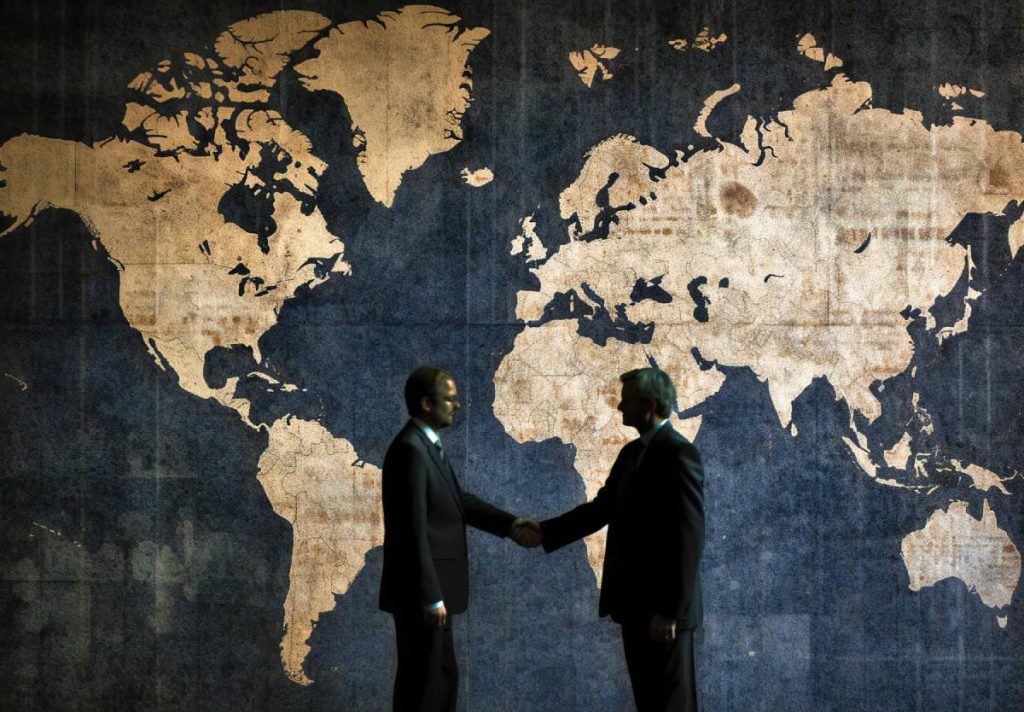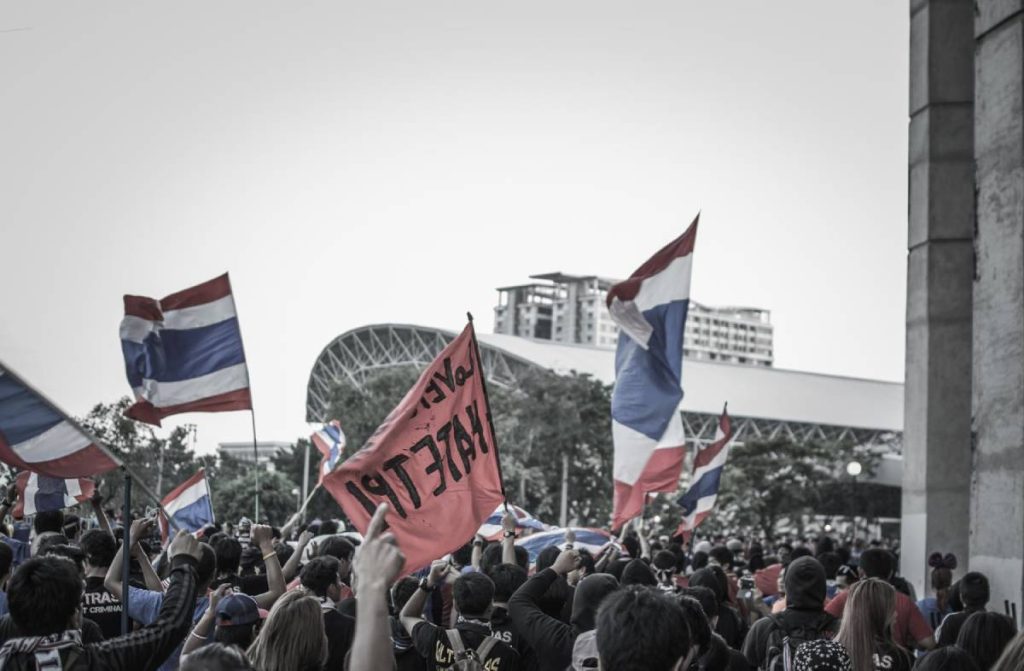How Global Conflicts Are Changing Alliances
Redefining Alliances Through Ongoing Global Conflicts
In recent years, global conflicts have significantly altered the dynamics of international cooperation, forcing countries to reconsider their traditional partnerships and military arrangements. These shifts are not merely reactive; they represent strategic repositioning in a world where political, economic, and security concerns are rapidly evolving. As tensions flare in multiple regions, from Eastern Europe to the South China Sea, governments are reassessing their commitments and obligations. The nature of alliances is being reshaped by urgency and survival, replacing long-standing diplomatic norms with pragmatic calculations. This realignment is leading to new coalitions, unexpected collaborations, and the deterioration of formerly stable partnerships. The ripple effects of these global conflicts are being felt across trade, defense, and humanitarian frameworks, challenging the very structure of the post-World War II order and signaling the beginning of a new geopolitical era.
How Conflict Zones Influence Strategic Alliances
The geographic centers of global conflicts play a pivotal role in determining how strategic alliances form, evolve, or dissolve. Nations located near active conflict zones are more likely to seek mutual defense pacts or economic partnerships for stability and protection. This regional proximity often dictates the urgency of alliance-building, with countries prioritizing immediate security over long-term diplomacy. For instance, nations in Eastern Europe are strengthening their NATO ties in response to heightened threats, while Asian countries are navigating complex maritime disputes by forming defense agreements outside traditional frameworks. These newly forged alliances reflect a shift away from ideological unity toward tactical cooperation based on shared risks. As the nature of warfare evolves—incorporating cyberattacks, misinformation, and economic sabotage—the need for adaptable, tech-savvy partnerships becomes even more apparent.
Economic Dependencies Reshaped by Global Conflicts
Beyond the battlefield, global conflicts have also disrupted supply chains and financial systems, compelling countries to reconsider their economic dependencies. Energy, food, and technology sectors are particularly vulnerable, leading to a surge in regional trade agreements and diversification strategies. These economic adjustments directly influence alliances, as countries increasingly partner with those who can offer critical resources or financial stability. Trust and reliability have become paramount in global commerce, replacing cost-efficiency as the dominant factor in choosing trade allies. Sanctions, tariffs, and embargoes are now key tools of modern conflict, blurring the lines between economic policy and warfare. The convergence of economic security with national defense has created a new category of strategic alliance—one based on resilience and mutual support in the face of systemic shocks triggered by global conflicts.
Technological Warfare and the New Face of Alliances
As global conflicts become more technologically advanced, the criteria for building alliances have shifted to include cyber capabilities, digital infrastructure, and information control. The digital battlefield is now as critical as the physical one, requiring nations to collaborate on cybersecurity measures, intelligence sharing, and data regulation. These tech-driven alliances are not always formalized through treaties but often operate through shared platforms, encrypted networks, and cooperative defense initiatives. The rise of AI-powered surveillance and drone warfare has also prompted countries to seek allies with complementary technological strengths. In this context, alliances are defined by agility and innovation rather than geographic proximity or historical ties. As digital threats increase in scope and sophistication, technology will remain a core driver of alliance formation in a landscape shaped by relentless global conflicts.
Diplomatic Realignments in Response to Global Instability
Diplomacy is undergoing a profound transformation as global conflicts force nations to adopt more assertive or defensive foreign policies. Traditional multilateral institutions are under strain, often criticized for being too slow or ineffective in responding to modern threats. As a result, countries are engaging in bilateral or regional dialogues that prioritize strategic interests over collective consensus. These diplomatic alliances often bypass established forums like the UN or WTO, creating parallel channels of influence and negotiation. This fragmentation of global governance may weaken the enforcement of international law but also enables faster decision-making among like-minded nations. The result is a more complex and fluid diplomatic environment, where old alliances are tested, and new ones are forged based on shared values or urgent necessities driven by the reality of escalating global conflicts.
Military Cooperation in a Divided Global Landscape
The intensification of global conflicts has renewed interest in military alliances and joint defense operations. From arms sharing to joint exercises and intelligence cooperation, countries are increasingly formalizing their military commitments to secure regional stability. In many cases, this resurgence of military cooperation is a direct response to emerging threats, including state-sponsored cyberattacks, proxy wars, and the proliferation of advanced weaponry. These evolving alliances are not solely about defense; they are statements of geopolitical alignment and deterrence. Nations are using their military partnerships to send clear messages about their loyalties and their red lines. The global security architecture is being redrawn, with both established and emerging powers seeking to reinforce their influence through hard power and strategic presence in conflict-prone regions.
Public Opinion and the Legitimacy of New Alliances
One often overlooked element in the formation of alliances during global conflicts is the role of public perception. Citizens around the world are more informed than ever, thanks to the widespread availability of real-time news and social media. As a result, governments must increasingly consider domestic opinion when forming or maintaining international partnerships. Alliances perceived as unethical, exploitative, or misaligned with national values can face public resistance, protests, or electoral backlash. On the other hand, alliances seen as protective or mutually beneficial can enhance political legitimacy and foster national unity. The democratic accountability of foreign policy decisions has never been more visible, making public opinion a powerful force in shaping the course and durability of modern alliances amid ongoing global conflicts.
Conclusion
In 2025, the world stands at a crossroads where global conflicts are actively rewriting the rules of international cooperation. The nature of alliances is changing—driven not by tradition but by necessity, technology, and shared vulnerabilities. As nations navigate this turbulent era, strategic flexibility, public support, and economic resilience will determine the strength and longevity of their partnerships. Understanding these evolving dynamics is essential to grasping the future of global order, where conflicts no longer end with treaties but continue to shape alliances in lasting and unpredictable ways.



